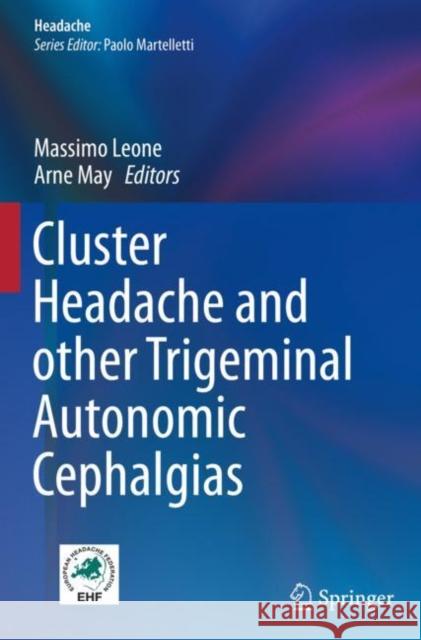Cluster Headache and Other Trigeminal Autonomic Cephalgias » książka
topmenu
Cluster Headache and Other Trigeminal Autonomic Cephalgias
ISBN-13: 9783030124403 / Angielski / Miękka / 2020 / 264 str.
Cluster Headache and Other Trigeminal Autonomic Cephalgias
ISBN-13: 9783030124403 / Angielski / Miękka / 2020 / 264 str.
cena 229,96
(netto: 219,01 VAT: 5%)
Najniższa cena z 30 dni: 219,73
(netto: 219,01 VAT: 5%)
Najniższa cena z 30 dni: 219,73
Termin realizacji zamówienia:
ok. 22 dni roboczych
Bez gwarancji dostawy przed świętami
ok. 22 dni roboczych
Bez gwarancji dostawy przed świętami
Darmowa dostawa!
Kategorie BISAC:
Wydawca:
Springer
Seria wydawnicza:
Język:
Angielski
ISBN-13:
9783030124403
Rok wydania:
2020
Wydanie:
2020
Numer serii:
000625306
Ilość stron:
264
Oprawa:
Miękka
Wolumenów:
01











